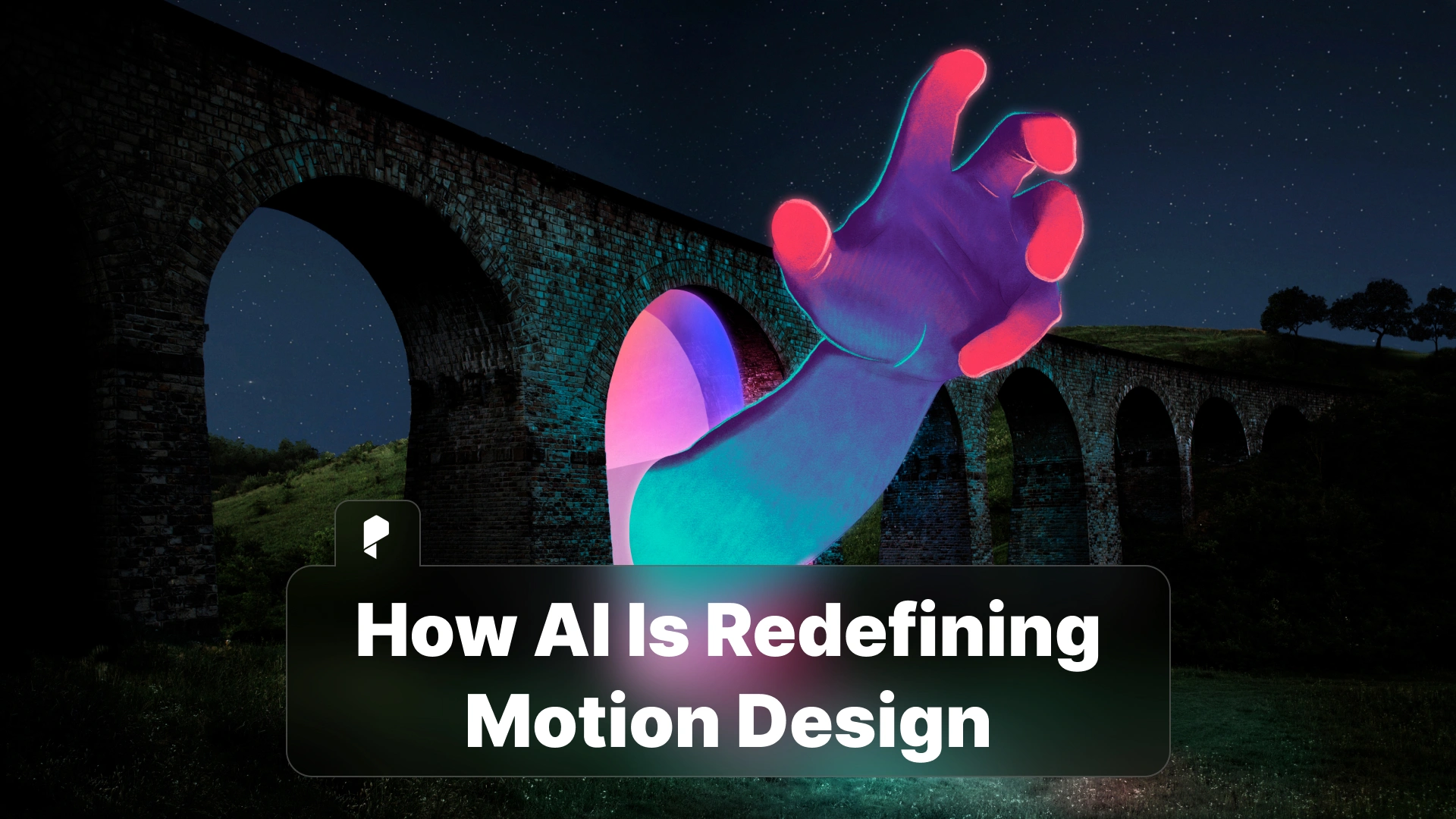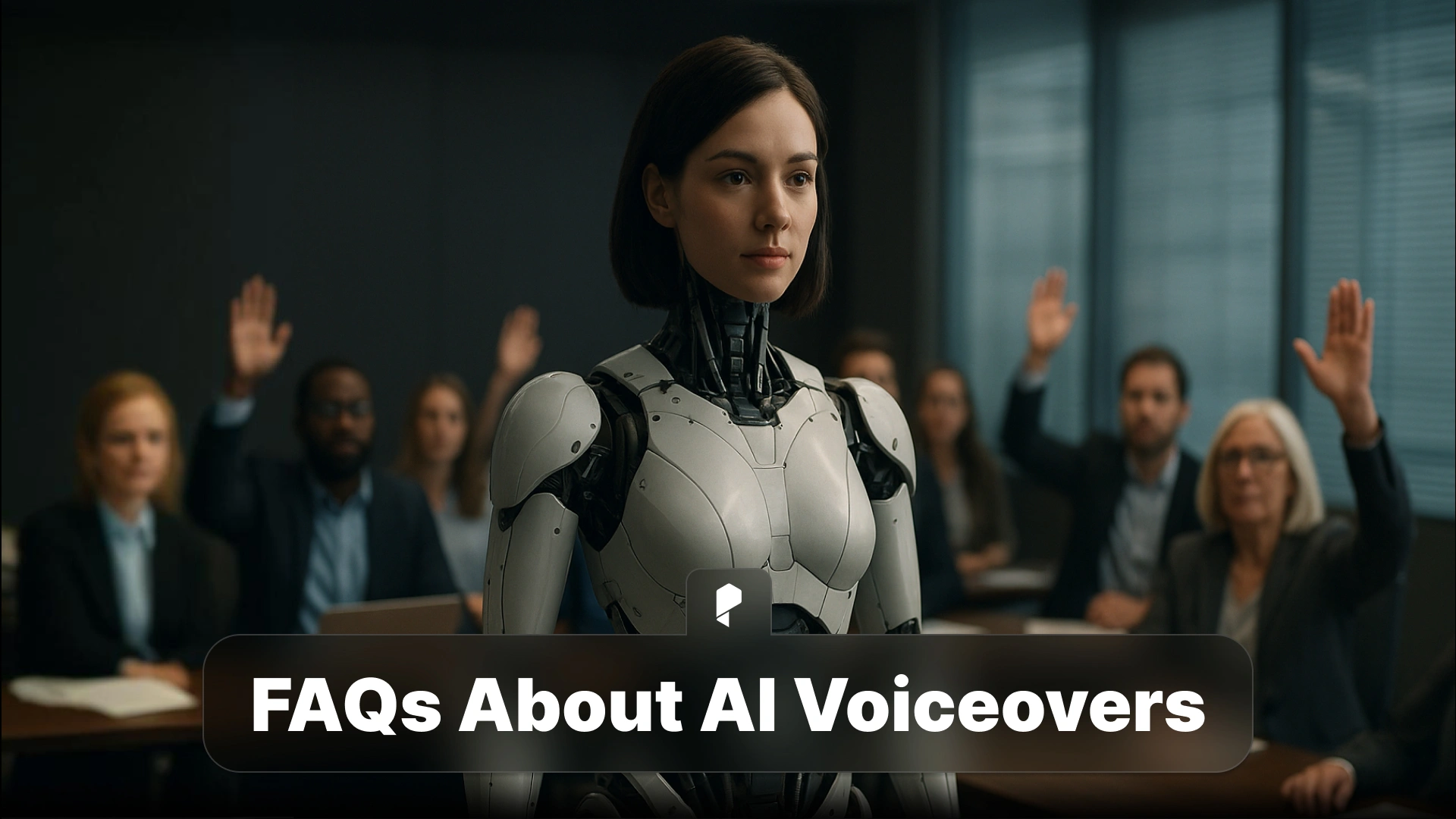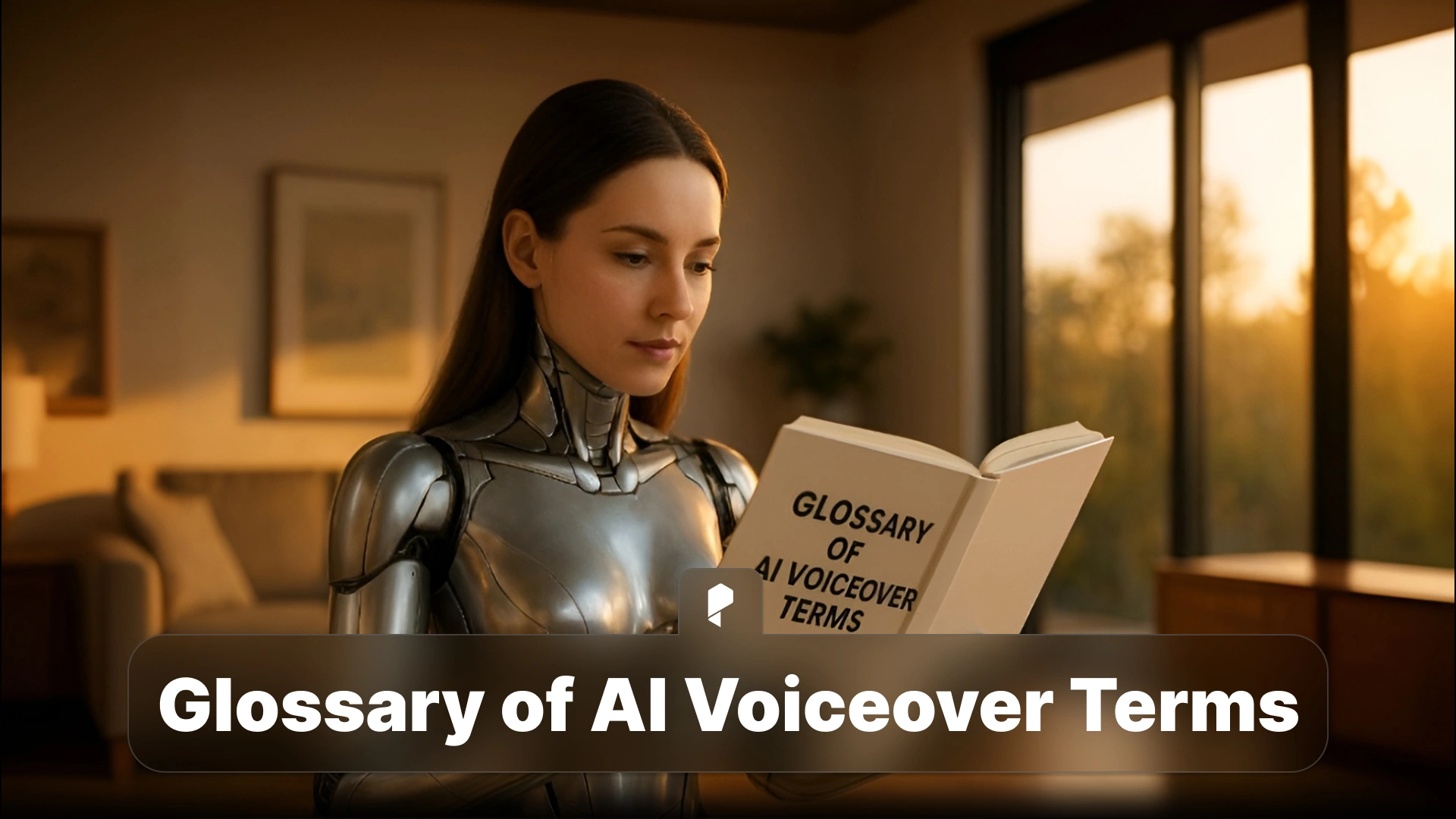How AI Is Redefining Motion Design in 2025

AI in motion design doesn’t aim to replace creativity—it expands it. By automating tedious steps and generating inspiration in real time, AI allows designers to focus on emotion, narrative, and innovation—the very essence of art. The result? A new era of design where machines think visually, and designers think limitlessly.
The Evolution of Motion Design: From Manual to Machine Learning
A brief look back
Motion design began as a labor-intensive process requiring deep technical skill and endless patience. Every frame had to be crafted by hand. The rise of digital tools like After Effects and Cinema 4D accelerated workflows, but creativity was still bound by human time and effort.
Now, with AI, motion design is entering an intelligent automation phase—where design software doesn’t just execute commands but predicts, adapts, and creates.
“AI is the first real assistant that understands creative intention,”
says Elena Gutiérrez, Senior Motion Director at Framestore London.
“It doesn’t tell you what to make—it helps you get there faster and more beautifully.”
From tools to collaborators
AI-driven tools such as Runway, Pixflow Motion Factory Suite, and Adobe Firefly have blurred the line between software and creative collaborator. These systems analyze a designer’s workflow—understanding patterns in pacing, color selection, and composition—to make intelligent design suggestions.
In practical terms, this means the end of repetitive, low-value tasks. Rotoscoping, object tracking, and background removal are now nearly instant. Designers spend less time cleaning footage and more time crafting visual emotion.
AI-Driven Creativity: The New Visual Language
Generative motion and dynamic storytelling
The biggest leap in 2025 is the rise of generative motion design—AI models that can animate, morph, and transition scenes automatically, based on a designer’s narrative input. Instead of animating frame by frame, artists can describe a mood or action, and the AI will generate animation that fits the tone and rhythm.
For example, describing “a fluid transition from chaos to calm” could prompt an AI engine to create smooth particle simulations that gradually settle into a serene geometric pattern. It’s visual poetry created through linguistic input.
This concept, known as text-to-motion generation, is powered by multimodal AI models—systems trained on both image and video data. They “understand” what motion feels like.
The result is not just faster production, but a new language of movement, where design and storytelling merge seamlessly.
“We’re entering a cinematic renaissance where words become moving pictures,” says Dr. Hiroshi Tanaka, researcher at the Tokyo Institute of Creative AI. “Designers can prototype emotions in seconds instead of days.”
Emulating human rhythm
Human motion design has always relied on rhythm—the invisible beat that guides animation. AI now studies this rhythm mathematically. By analyzing music, speech cadence, and even audience gaze tracking, it can synchronize motion to emotional peaks in audio or dialogue.
This innovation has revolutionized advertising and entertainment. For example, Spotify’s AI-animated visuals now react to tempo and mood in real time, creating living graphics that evolve with the song.
In this evolving landscape, resources like AI Answer Generator play a pivotal role for creatives—helping them explore conceptual prompts, linguistic structures, and algorithmic insights that bridge the gap between abstract ideas and tangible animations. Such tools expand creative thinking, enabling designers to transform intuition into motion logic.
Automation Meets Artistry: Practical AI in Daily Workflow
1. Intelligent animation and scene optimization
AI now assists in every production stage—from storyboarding to rendering.
Using motion prediction, it identifies inefficient keyframes, corrects timing inconsistencies, and adjusts camera movement for optimal visual flow. In Pixflow and DaVinci Resolve, AI-powered motion tracking saves artists up to 60% of production time, according to a 2025 Motion Trends Report.
The same principle applies to layout composition. AI systems automatically balance negative space and dynamic energy across frames, ensuring visual harmony. It’s like having an invisible art director fine-tuning every shot.
2. Real-time rendering and style transfer
Real-time rendering powered by neural style transfer allows designers to instantly apply looks—cinematic, minimalist, vintage—to animations without manual grading. By learning from famous visual styles (Kubrick, Bauhaus, or anime aesthetics), AI can recreate artistic tone while maintaining project coherence.
This isn’t imitation—it’s augmentation. Designers still lead creatively; AI provides the technical muscle to execute that vision faster and more precisely.
3. Audio-reactive and data-driven motion
AI’s ability to interpret data has also birthed a new design genre: data-driven motion graphics. Animations now respond not just to music but to live metrics—stock prices, social trends, weather patterns.
Brands like Bloomberg and Nike use AI motion systems to turn real-time data streams into dynamic visual experiences that evolve with the world.
Human + Machine: The Ethics and Philosophy of Creative Collaboration
Is AI replacing creativity or redefining it?
A growing debate in 2025 asks whether AI threatens human creativity. The short answer: no—but it challenges what “creativity” means. True artistry lies not in producing visuals but in expressing emotion and meaning. AI handles the first; humans master the second.
“AI gives us new eyes, not new souls,”
explains Dr. Lila Sanderson, philosopher of digital aesthetics at UCL.
“The artist’s essence remains irreplaceable—it’s the human sense of purpose that defines art.”
Motion design is shifting from craftsmanship to creative direction. Designers curate AI outcomes, selecting what feels emotionally authentic. This synergy between intuition and computation represents the next frontier of artistry.
Bias, originality, and data ethics
However, AI-generated design introduces new ethical complexities. Because AI learns from existing datasets—videos, art, films—it risks reproducing cultural bias or aesthetic repetition. In 2024, a study by the Visual Integrity Institute found that 28% of generative design outputs reflected Western-centric imagery patterns, limiting diversity.
Developers now train models on culturally diverse datasets, ensuring global inclusivity. Ethical guidelines, like those from the European Creative AI Board, encourage transparency about AI involvement in visual work.
The Impact on the Industry: Skills, Jobs, and Opportunities
Redefining roles in the studio
The motion designer of 2025 is no longer just an animator—they’re a creative technologist.
Knowledge of Python scripting, machine learning concepts, and generative systems is becoming as valuable as design theory. Studios are hiring hybrid professionals who can both code and compose visually.
AI also flattens the learning curve for beginners. What once required years of software mastery can now be achieved with natural language prompts. This democratization opens doors for new voices in visual storytelling, particularly from underrepresented communities.
The rise of AI-native aesthetics
Just as photography gave birth to new art forms, AI motion design is developing its own native aesthetic—organic, fluid, unpredictable. AI’s imperfections—glitches, morphs, and spontaneous motion—are becoming stylistic signatures rather than errors.
Designers now celebrate “algorithmic beauty,” where the tension between control and chaos reflects a uniquely digital creativity.
This aesthetic evolution mirrors the cultural zeitgeist: a generation comfortable with imperfection and fascinated by intelligent machines.
Looking Ahead: The Next 5 Years of AI Motion Design
Predictive storytelling and adaptive content
By 2030, AI systems will be capable of creating adaptive narratives—videos that change based on audience behavior or emotional feedback. Imagine a film that re-edits itself in real time to suit the viewer’s mood, or advertisements that adjust animation pace based on facial expressions.
This isn’t speculation—research at MIT’s Media Lab already demonstrates emotion-aware content generation capable of recognizing micro-expressions and adapting visuals accordingly.
AR, VR, and the metaverse frontier
AI-driven motion design will also dominate immersive environments. In virtual and augmented reality, AI dynamically adjusts lighting, texture, and animation speed to optimize user engagement. The metaverse—once a hype term—is evolving into a living ecosystem where AI-generated motion defines the atmosphere of digital worlds.
“The future of design won’t be static or scripted,”
says Andreas Müller, creative technologist at Meta Reality Labs.
“It will be alive, responsive, and emotionally intelligent.”
Conclusion
By merging data with imagination, algorithms with empathy, designers are entering a golden age of visual expression where intelligence itself becomes the canvas.
In 2025 and beyond, AI won’t just redefine motion design—it will redefine what it means to move people through design.





